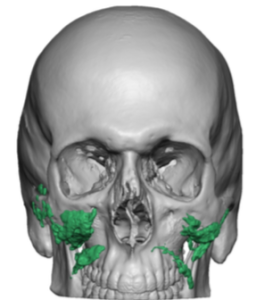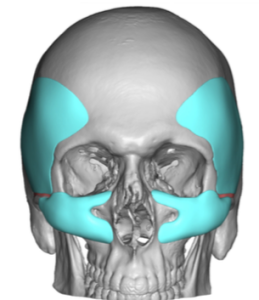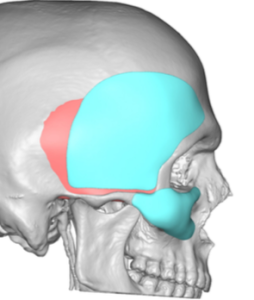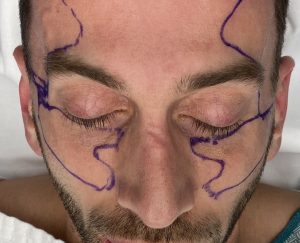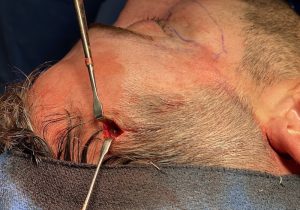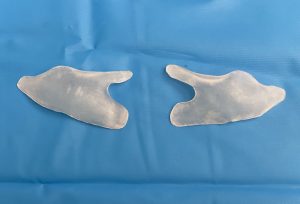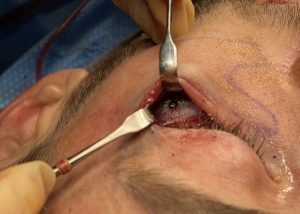Background: The thin face is one in which the perception of the width to length ratio is disproportionate. This could be that the vertical length of the face is excessive by forehead or chin lengths even though the width of the face is normal. It could also be that the vertical facial length is normal but the width of the cheeks and jawline are too narrow.
More frequently a face is perceived as thin, regardless of the bone structure, because of fat loss or lipoatrophy. Most commonly the fat loss occurs in the temples and the submalar cheek area due to buccal fat loss. In some people this does not occur by fat loss but by natural lack of fat development. Their face is thin and has always been so.
In treating the congenitally narrow face where both bone and soft tissue augmentation is needed, options include injectable fillers, fat injections and implants. Patients may try injectable fillers initially and this can certainly provide some benefit. Ultimately because they are not permanent and may produce an improved but still inadequate result, more permanent treatment options are pursued.

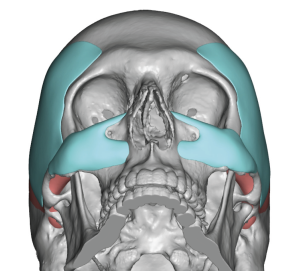



The thin face can be a combination of lack of facial fat as well as skeletal deficiencies. Injectable synthetic fillers may produce some volume improvements but are often inadequate. The thin face rarely does well with fat injections due to poor retention. Properly design custom facial implants for temporal hollows and midface deficiencies can be an effective approach with the key to not making the implants too big. In the thin face large surface area coverages do no require as much implant thicknesses as one may think.
Case Highlights:
1) The thin face is often a combination of a lack of facial fat and a more narrow bone structure.
2) Facial fullness can be created through a combination of temporal and a specific form of cheek (infraorbital-malar) augmentation using custom implant designs.
3) Placement of such custom facial implants can be done with discreet incisions from behind the ear and through the lower eyelid.
Dr. Barry Eppley
Indianapolis, Indiana




